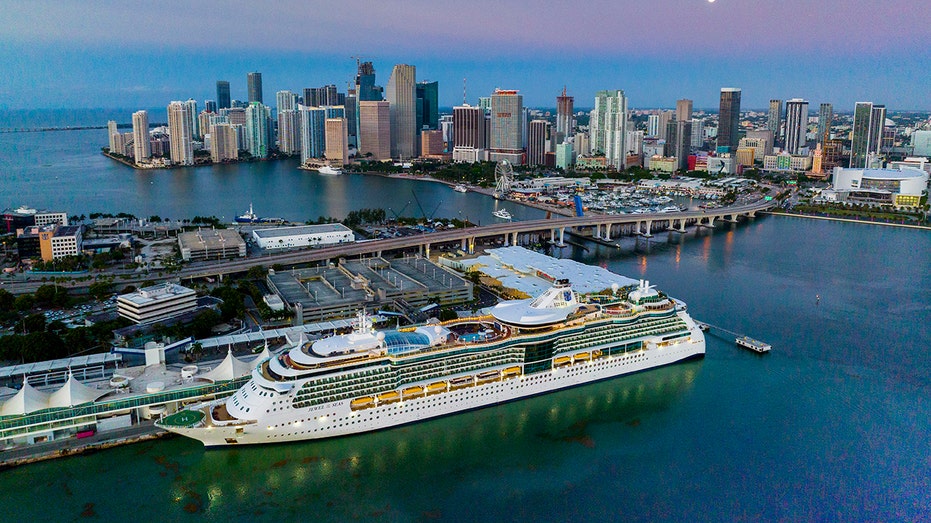‘The Big Money Show’ co-host Brian Brenberg breaks down the latest Fox News’ voter analysis poll and its expected impact on the election for the Democracy 2024 panel.
Americans around the country are experiencing vastly different inflation rates depending on where they live in the U.S., with the latest inflation data showing that consumers in the Northeast and Midwest are facing more inflation than their peers around the country.
The Labor Department released its inflation report for October on Wednesday which found that the consumer price index (CPI) — a broad measure of how much everyday goods like gasoline, groceries and rent cost — was up 2.6% from a year ago for the U.S. as a whole, in line with expectations as inflation ticked higher amid a broader cooling trend.
However, the pace of inflation is much faster in certain parts of the country than it is in other areas.
The Northeast region saw 3.5% inflation in October compared to a year ago, the fastest of the four geographic regions analyzed by the Bureau of Labor Statistics and well above the national inflation rate. Within the region, New England had 3.3% inflation while the Middle Atlantic had 3.6%.
INFLATION RISES 2.6% IN OCTOBER, IN LINE WITH EXPECTATIONS
The Northeast region had the highest inflation in the country in October, with New York the highest among metro areas. (Gary Hershorn/Getty Images / Getty Images)
The Midwest region had 2.6% year-over-year inflation in October, slightly higher than the 2.5% reading a month ago. The South experienced a similar inflation rate of 2.5% in October, though price growth accelerated more quickly and was up from 2.1% in September.
The West region experienced the slowest inflation of the four regions in October, coming in at 2.1% on an annual basis – unchanged from the prior month. The Pacific region had 2.4% inflation in October, up from 2.3% in September, while the Mountain region saw inflation cool from 1.4% to 1.3%.
WHY WAS THE ECONOMY THE TOP ISSUE IN THE ELECTION?
The Labor Department’s report also looked at price growth in various cities and metropolitan areas around the country, which showed the trend of relatively higher inflation in the Northeast and Midwest continued.
Inflation was the hottest in the New York metro area, coming in at 4% compared to a year ago and up from 3.8% in September.
Chicago had the second-highest inflation rate at 3.5% in October – though that represented a notable cooling from the Windy City’s 4.1% reading the prior month.
FED’S KASHKARI WARNS MASS DEPORTATIONS COULD DISRUPT LABOR AT SOME BUSINESSES

Miami had the highest inflation in the South in October. (Visions of America/Joseph Sohm/UCG/Universal Images Group via Getty Images / Getty Images)
The Philadelphia and Baltimore metro areas each experienced 3.4% inflation in October. Detroit was slightly behind at 3.3% – though that was higher than Midwest peer St. Louis, which had 2.6% inflation.
Miami had the highest inflation among metro areas in the South with a 2.7% rate, which came in hotter than Houston at 2.1% and Atlanta at 1.9%.
GET FOX BUSINESS ON THE GO BY CLICKING HERE
In the West, both Los Angeles and Seattle had inflation come in at 3% in October – well ahead of the 1.6% rate in Phoenix and 2.1% in urban Alaska.






